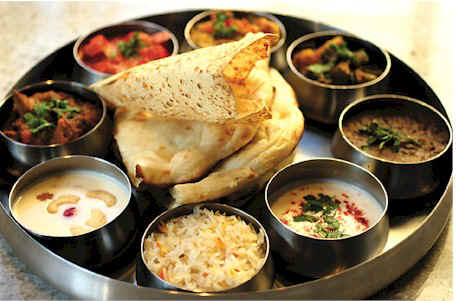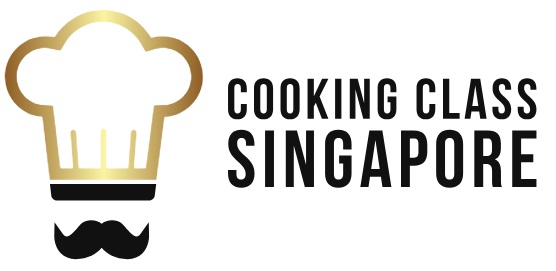Indian cuisines are fascinating as they’re full of texture, thanks to the great mixture of spices such as cumin and cayenne pepper.
Care for some Indian food?
Instead of just eating it, why don’t you learn how to prepare and cook it?
Three Good Reasons to Learn Indian Cooking
1. At first glance, a typical Indian dish may be very unhealthy: it has a lot of oil, sometimes uses fat, plenty of creams, and is very spicy.
But don’t be deceived. Indian cuisine is one of the healthiest, thanks to the impeccable balance of proteins, fats, and carbohydrates.
Moreover, a good number of them are Hindus and are thus vegetarians (or at least very partial when it comes to meat).
A lot of Indian dishes rely heavily on vegetables and spices to heighten the flavour.
In fact, you can encourage kids to join vegetarian cooking classes so they’ll know the value of healthy food and learn to prepare the meals themselves.
2. Second, if you want to get to cook halal, you can start with Indian cooking.
Apart from Hinduism, Islam is a popular religion in the country.
Like the Jewish, they have their special technique for preparing and cooking food known as halal.
3. Third, even if you’re not Indian, learning their methods of cooking is a grand gesture of showing your appreciation for their culture, heritage, and even their contribution to Singapore.
Once you begin cooking their dishes, you can now proudly connect with your other Indian friends.
What do we learn in the Indian Cooking Classes?

Since there are a lot of people who are interested in learning Indian cooking, make sure that you can already pay for your spot, especially if there are hands-on exercises.
Cooking schools will announce their schedules ahead of time and publish them either on their websites or in their stores. Normally if you’re looking for hands-on classes, the number of participants is approximately ten.
The chef or facilitator can see you’re working and following instructions.
Larger group sessions are usually conducted through demos — that is, you don’t get to cook the food yourself, and recipes are provided.
This way, you can emulate the procedures you saw during the demo.
Depending on how much you pay, a certain session can already cook more dishes, like starter, fast food, salad, and curry. You are often allowed to take the food with you and share them with family and friends.
Join Hands-on Cooking Classes in Singapore
Some schools offer Singapore Indian cuisine cooking lessons or dishes that are very popular in the country.
These include basic biryani, fish head curry, achar, Indian rojak, and roti prata.
During cooking classes, the chef or teacher may also add some useful information about Indian food.
One of the most notable points is the difference between the North and South Indian cuisines.
While North India makes use of cow’s milk, the South opts for coconut milk.
These are intended to let you appreciate even more the diversity of Indian food.
See you at the Cooking Classes and learn more about Indian cuisine.
